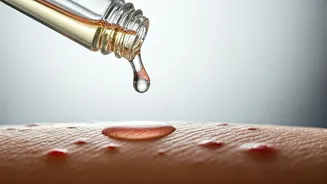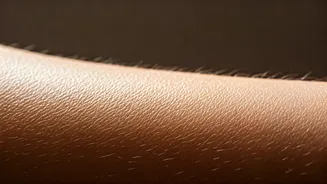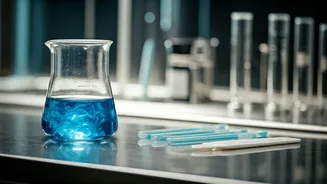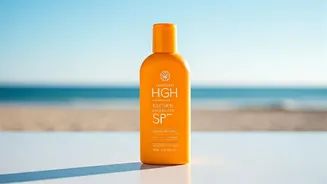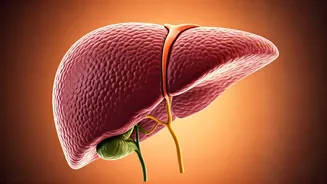Understanding Spot Treatments
Acne spot treatments are formulated to target individual pimples or blemishes. These treatments typically contain active ingredients that work to reduce
inflammation, unclog pores, and kill acne-causing bacteria. Common ingredients include salicylic acid, benzoyl peroxide, and sulfur. Salicylic acid acts as an exfoliant, helping to shed dead skin cells and prevent pores from clogging. Benzoyl peroxide is a potent antibacterial agent that kills acne-causing bacteria. Sulfur helps to dry out pimples and reduce inflammation. The effectiveness of a spot treatment often depends on the specific ingredients, their concentration, and the type of acne being treated. It's crucial to understand your skin type and the specific needs of your acne to choose the most appropriate treatment.
Active Ingredient Breakdown
Several active ingredients are frequently found in acne spot treatments, each working in a distinct way. Salicylic acid, a beta-hydroxy acid (BHA), is known for its exfoliating properties. It penetrates pores to dissolve oil and dead skin cells, preventing future breakouts. Benzoyl peroxide, another common ingredient, is an effective antibacterial agent, reducing the number of acne-causing bacteria on the skin. This ingredient is available in various concentrations, and the appropriate strength varies depending on skin sensitivity and the severity of acne. Sulfur is an ingredient that helps to dry out pimples and reduce inflammation. It is often found in spot treatments for its ability to treat various types of acne, including papules and pustules. Consider consulting a dermatologist to decide what ingredients best suit your acne needs.
Choosing the Right Treatment
Selecting the appropriate acne spot treatment requires careful consideration of your skin type and the nature of your acne. If you have oily skin and clogged pores, treatments with salicylic acid could be beneficial due to its exfoliating properties. For inflammatory acne, benzoyl peroxide can be a good choice because of its antibacterial action. Those with sensitive skin should start with lower concentrations of active ingredients to avoid irritation. Individuals with cystic acne often benefit from prescription-strength treatments as cystic acne is a deeper skin condition. When choosing a product, look at the ingredients list, and consider whether the product addresses your specific needs, such as controlling oil, fighting bacteria, or reducing inflammation. Seeking advice from a dermatologist can help tailor a treatment plan suitable for your skin.
Application Techniques for Success
Applying acne spot treatments correctly is crucial for maximizing their effectiveness. Start by washing your face with a gentle cleanser to remove dirt and oil. After cleansing, apply the spot treatment directly to the affected area. Avoid over-applying, as this can lead to dryness and irritation. Typically, a small amount is sufficient. Allow the treatment to dry completely before applying any other skincare products or makeup. When using products with benzoyl peroxide, it's wise to start slowly to minimize potential irritation. Use the treatment once a day and gradually increase the frequency as tolerated. Consistency is key when using spot treatments. Apply the treatment regularly, following the manufacturer's instructions, to see the best results. Be patient, as it may take several weeks to see a noticeable improvement in your skin. If you experience excessive dryness, peeling, or irritation, reduce the frequency of application or consider a gentler formulation.
Spot Treatments Effectiveness
The effectiveness of acne spot treatments can vary depending on several factors. While many spot treatments are highly effective at reducing the size and appearance of individual pimples, some types of acne may require more robust treatments. The severity of your acne and the specific ingredients in the treatment also play a significant role. For mild to moderate acne, over-the-counter spot treatments often provide effective relief. These typically contain ingredients like salicylic acid or benzoyl peroxide. However, for more severe or persistent acne, prescription-strength medications like tretinoin may be necessary. It's also important to manage expectations, because spot treatments are typically designed to treat individual blemishes. They're not a complete solution for widespread acne. A comprehensive skincare routine is usually more effective in preventing and managing breakouts.
Potential Side Effects
Although acne spot treatments can be very effective, they can also cause side effects. One of the most common is dryness, which can manifest as flaking, peeling, and tightness. Redness and irritation are also common, especially when using benzoyl peroxide or high concentrations of active ingredients. In some cases, spot treatments can cause a burning or stinging sensation upon application. For those with sensitive skin, these side effects can be more pronounced. To reduce the risk of irritation, it is important to start with a low concentration of the active ingredient and gradually increase as tolerated. Always moisturize to help soothe the skin and maintain its natural moisture barrier. If side effects persist or worsen, consider consulting with a dermatologist for alternative treatment options.
